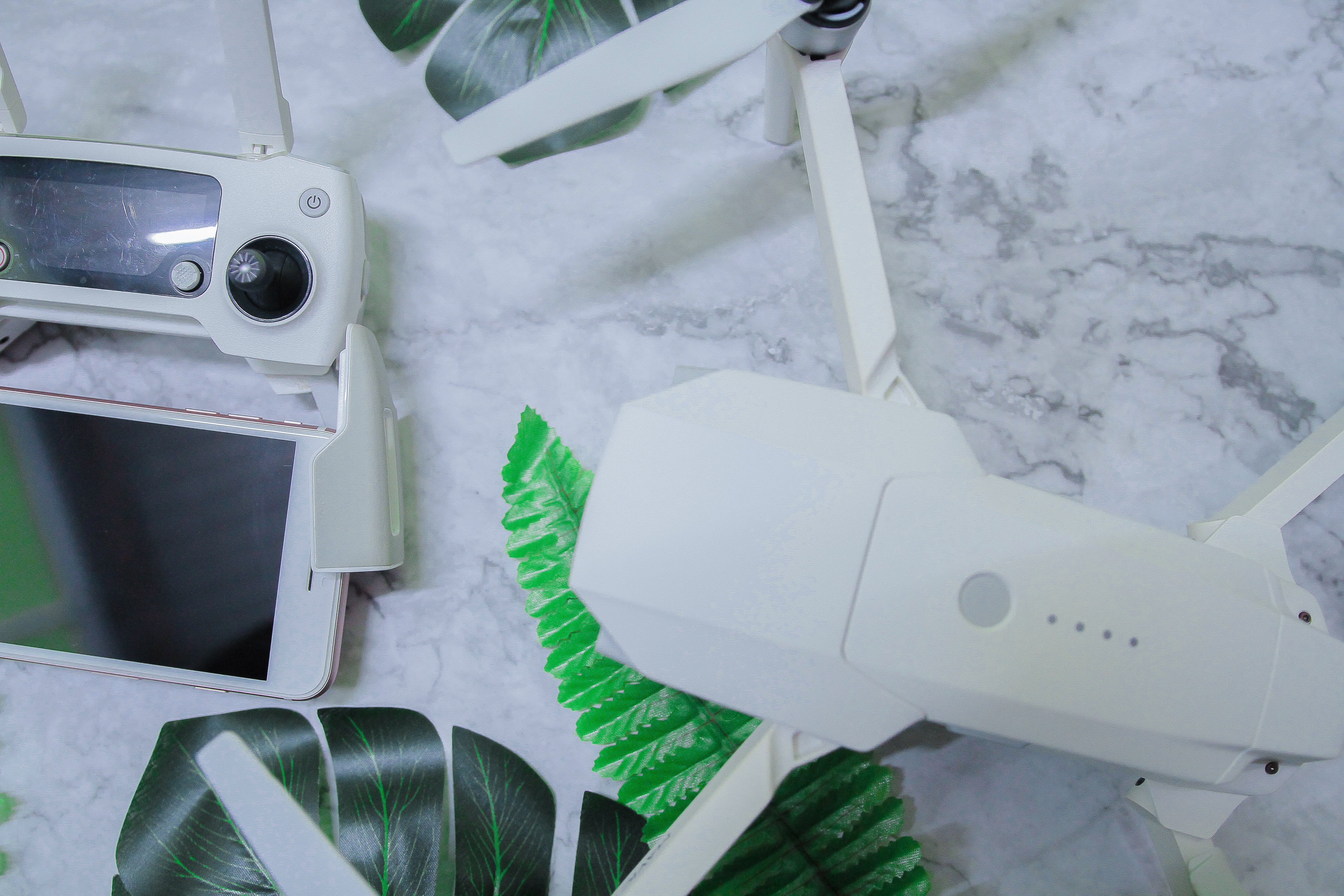JavaTpoint Guide: Master Mobile App Development!

Embarking on the journey of mobile app development requires a strong foundation and a wealth of resources. JavaTpoint stands as a beacon for aspiring developers, offering a plethora of tutorials, tips, and insights to master the craft of app creation. The platform serves as a comprehensive guide for those who are eager to dive deep into the intricacies of developing seamless, user-friendly mobile applications. Whether you are a novice or a seasoned developer, embracing JavaTpoint for mobile app development equips you with the necessary skills and knowledge to excel in this fast-paced industry.
To truly leverage the potential of JavaTpoint, it’s essential to systematically explore its extensive library of resources. From understanding the basics of programming languages like Java and Kotlin to grasping sophisticated concepts of user interface design and database management, JavaTpoint covers every aspect of mobile app development with precision and clarity. Ensuring that your learning path is aligned with industry standards, JavaTpoint updates its content regularly, keeping you abreast of the latest trends and technologies.
Fundamentals of Mobile App Development with JavaTpoint

The journey to becoming a proficient mobile app developer begins with a solid grasp of the fundamentals. JavaTpoint facilitates this by breaking down complex concepts into digestible modules, effectively laying the groundwork for developers. A strong emphasis is placed on key areas such as understanding the core principles of mobile operating systems, the nuances of different development environments, and the selection of appropriate programming languages that align with project requirements.
JavaTpoint’s guides on the fundamentals of mobile app development often start with an introduction to the mobile app lifecycle, from ideation and design to deployment and maintenance. It elucidates the importance of considering user experience (UX) and user interface (UI) design principles to ensure apps are not only functional but also intuitive and engaging. Moreover, JavaTpoint provides insights into choosing the right development approach, be it native, hybrid, or web-based applications, based on the specific needs of the target audience and business objectives.
Furthermore, JavaTpoint also addresses the significance of backend services such as databases, server-side logic, and API integration, which are critical components that support the app’s functionality. It offers tutorials on implementing security best practices to protect user data and ensure compliance with regulatory standards. By covering these foundational topics, JavaTpoint equips budding developers with a holistic understanding of mobile app development, enabling them to build robust and scalable applications.
Designing User-Centric Mobile Applications

Designing user-centric mobile applications is a critical step in ensuring the success of any app in today’s competitive market. The process starts with in-depth research to understand the target users’ needs, preferences, and behaviors. JavaTpoint‘s comprehensive resources emphasize the creation of detailed user personas and journey maps to visualize the user’s interaction with the app, enabling developers to tailor the app’s features and interface to meet users’ expectations.
Another pivotal aspect highlighted in JavaTpoint’s guide is the importance of an intuitive user interface (UI). It should provide a seamless and effortless user experience (UX) by focusing on the usability and accessibility of the app. This includes a sensible layout, responsive design elements, and a consistent theme that aligns with the brand’s identity. JavaTpoint explains how to leverage the power of wireframes and prototypes to iterate design concepts and gather user feedback early in the development process.
Moreover, JavaTpoint underscores the need for performance optimization, ensuring that the app functions smoothly across different devices and platforms. This entails meticulous testing and fine-tuning of the app’s responsiveness to touch gestures, transitions, and animations. By prioritizing a user-centric approach in mobile app design, developers can significantly enhance the overall user satisfaction and foster user retention. JavaTpoint’s guide serves as an essential tool for developers looking to master the craft of creating apps that truly resonate with their audience.
Advanced Techniques in Mobile App Development

As mobile technology continues to evolve, mastering advanced techniques in mobile app development becomes increasingly crucial for developers seeking to innovate and stay ahead of the curve. JavaTpoint offers insights into cutting-edge methodologies and tools that enable developers to build robust and scalable mobile applications. Among these techniques, machine learning and artificial intelligence (AI) stand out as transformative elements that can personalize user experiences and improve app functionality. Developers can incorporate AI algorithms to predict user behavior, offer recommendations, or automate tasks within the app.
Another sophisticated approach involves the integration of augmented reality (AR) and virtual reality (VR) to create immersive experiences. JavaTpoint’s guide delves into the practicalities of implementing AR/VR features, which can enhance user engagement and open up new possibilities for app interaction. This is especially pertinent in sectors like gaming, education, and e-commerce, where experiential value can significantly impact user retention.
Furthermore, JavaTpoint acknowledges the importance of advanced security measures in mobile app development. With the increasing prevalence of cyber threats, incorporating encryption, secure authentication, and data protection protocols is non-negotiable. The guide provides resources on the latest security best practices to ensure that sensitive user data is safeguarded against unauthorized access.
JavaTpoint also covers the significance of cloud technology in mobile app development. Leveraging cloud services can lead to improved data storage, scalability, and collaboration across the development team. Cloud integration allows apps to handle large volumes of data efficiently and ensures seamless performance across various devices and platforms.
Navigating the JavaTpoint Mobile App Development Ecosystem

JavaTpoint has established itself as a comprehensive ecosystem for mobile app developers aiming to navigate the complexities of app creation. Within this vibrant community, developers can find a plethora of resources that span from basic tutorials to advanced coding techniques, all designed to streamline the mobile app development process. JavaTpoint’s extensive repository of code examples, development strategies, and platform-specific guidelines is a treasure trove for both novice and experienced programmers.
One of the key offerings of JavaTpoint is its detailed documentation and guides that cover various mobile development frameworks and languages, including Java, Kotlin, Swift, and Flutter. These resources are meticulously curated to help developers understand the nuances of each platform and select the most suitable one for their project needs. JavaTpoint’s tutorials also demonstrate how to effectively utilize integrated development environments (IDEs) like Android Studio and Xcode, which are essential for crafting high-quality mobile applications.
In addition to educational content, JavaTpoint provides insights on best practices for app design, considering both aesthetic elements and user experience (UX). The ecosystem emphasizes the importance of intuitive navigation, responsive interfaces, and accessible design to ensure that apps cater to a diverse user base. Moreover, JavaTpoint keeps developers abreast of the latest industry trends, such as responsive design and cross-platform compatibility, ensuring that the apps they build are not only functional but also future-proof.
Finally, the JavaTpoint ecosystem is not just about solitary learning; it fosters a collaborative environment where developers can share knowledge, seek advice, and learn from the experiences of their peers. Discussion forums and community-driven Q&A sessions provide developers with opportunities to troubleshoot issues, receive feedback on their projects, and gain new perspectives on mobile app development challenges.
Transforming Ideas into Reality with JavaTpoint Mobile Solutions
For developers and entrepreneurs alike, the final step in the mobile app development journey is transforming a conceptual idea into a tangible product. JavaTpoint stands as a beacon for this phase, providing the necessary tools and guidance to bring app concepts to life. The platform’s structured approach aids in bridging the gap between ideation and implementation, ensuring that developers are equipped to tackle the technical challenges that arise during mobile app creation.
Through JavaTpoint, users gain access to an array of project management tools and collaborative features that streamline the development workflow. These tools help in setting realistic milestones, managing resources effectively, and tracking project progress, which are crucial for a successful app launch. Additionally, JavaTpoint’s extensive code libraries and API documentation enable developers to integrate advanced functionalities into their apps without having to reinvent the wheel, thereby accelerating the development cycle.
The platform also places a strong emphasis on testing and quality assurance, providing guidelines on how to conduct thorough testing across different devices and operating systems. This ensures that the final product is not only robust and secure but also offers a seamless user experience, regardless of the user’s device preference.
At Biz4Solutions, we resonate with JavaTpoint’s mission of empowering developers. Our expertise in custom mobile app development aligns with the resources offered by JavaTpoint, enabling us to deliver technologically superior solutions. We invite you to explore our services and see how we can help turn your innovative ideas into reality. Visit us at Biz4Solutions and embark on your journey to create impactful mobile applications that stand the test of time.



.jpg)
